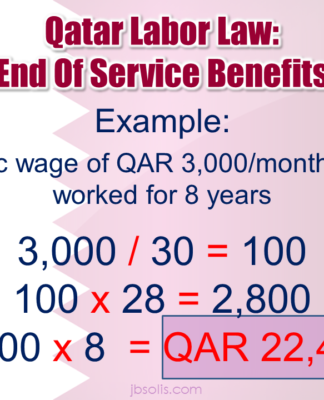ECONOMIC PROGRESS
The latest on the world economy, according to the OECD
Jun 9, 2023
A clock is seen in front of office buildings.
A new OECD forecasts looks ahead at global GDP growth prospects.
Image: REUTERS/Russell Boyce – RTSRRJS
Charlotte Edmond
Senior Writer, Forum Agenda
Share:
OUR IMPACT
What’s the World Economic Forum doing to accelerate action on Economic Progress?
THE BIG PICTURE
Explore and monitor how Economic Progress is affecting economies, industries and global issues
A hand holding a looking glass by a lake
CROWDSOURCE INNOVATION
Get involved with our crowdsourced digital platform to deliver impact at scale
Stay up to date:
Economic Progress
Listen to the article
5 min listen
Global GDP will grow 2.7% this year and 2.9% in 2024, the OECD predicts.
Inflation is falling in most major economies, but core inflationary drivers remain stubborn.
Real wage decline is expected to end this year.
The recovery is fragile, and governments must take action on fiscal policy and spending to protect the vulnerable and support growth.
The global economy is showing signs of improving, but the recovery will be weak, the Organisation for Economic Co-operation and Development (OECD) says. Its latest Economic Outlook predicts global GDP will grow 2.7% in 2023, with a modest improvement of 2.9% in 2024.
The prediction for this year is the lowest rate of growth since the global financial crisis, with the exception of the pandemic. However, this below-trend growth is expected to gradually pick up throughout next year as inflation moderates and real incomes strengthen.
Figure showing the GDP growth projections for 2023 and 2024, in major economies.
Global GDP growth is showing fragile improvement. Image: OECD
Core inflationary pressures remain high …
The headline inflation rate across OECD nations is also projected to continue its decline, from 9.4% in 2022 to 6.6% in 2023 and 4.3% in 2024. This is driven by the effects of tighter monetary policies feeding through as well as falling energy prices.
But core inflation – removing the impact of energy and food prices – continues to prove sticky, partly driven by increasing service prices.
Graph showing the headline inflation in percentages, from 2018 to 2024.
Falling energy prices have meant lower headline inflation for most countries, despite food and service costs continuing to rise. Image: OECD
… and households are feeling the pressure
For many people, the impact of high inflation and modest wage increases means real wages fell in 2022. This decline is expected to end in 2023, which will help address the falling levels of disposable income available to households.
Figure showing the change in real wage and real household disposable income, in percentages.
Wages have fallen in real terms in many major economies. Image: OECD
A fragile recovery
The improving economic climate is on a fragile footing, however. The war in Ukraine remains a concern and will continue to impact global energy prices, among other factors. And the comparatively mild winter that offset some of the increased energy prices last year may well not be repeated.
This sentiment is reflected in the World Economic Forum’s latest Chief Economists Outlook, which finds that while there is nascent optimism around the economy, inflationary pressures and tighter financial conditions mean further disruption is likely this year.
Have you read?
GDP: What is it and why does it matter?
GDP: How do you measure a country’s true worth?
Here’s how global GDP has changed over the past 40 years
The OECD recommends three key measures by governments to support the recovery.
Firstly, they must continue to prioritize getting inflation down, targeting underlying inflationary pressures through restrictive monetary policies. This may require further interest rises in some economies where core inflation is persistent, the organization notes.
Secondly, as food and energy prices decline, fiscal interventions and cushions to support households through the cost of living crisis need to become more targeted towards the most vulnerable.
And thirdly, spending that supports growth should be prioritized, alongside supply-boosting structural reforms. This will help tackle high levels of public debt and budget deficits. Longer-term spending pressures from ageing populations and the green transition, for example, will also need to be addressed.
Don’t miss any update on Economic Progress
Sign up for free and access the latest publications and insights across various topics.
License and Republishing
World Economic Forum articles may be republished in accordance with the Creative Commons Attribution-NonCommercial-NoDerivatives 4.0 International Public License, and in accordance with our Terms of Use.
The views expressed in this article are those of the author alone and not the World Economic Forum.






























